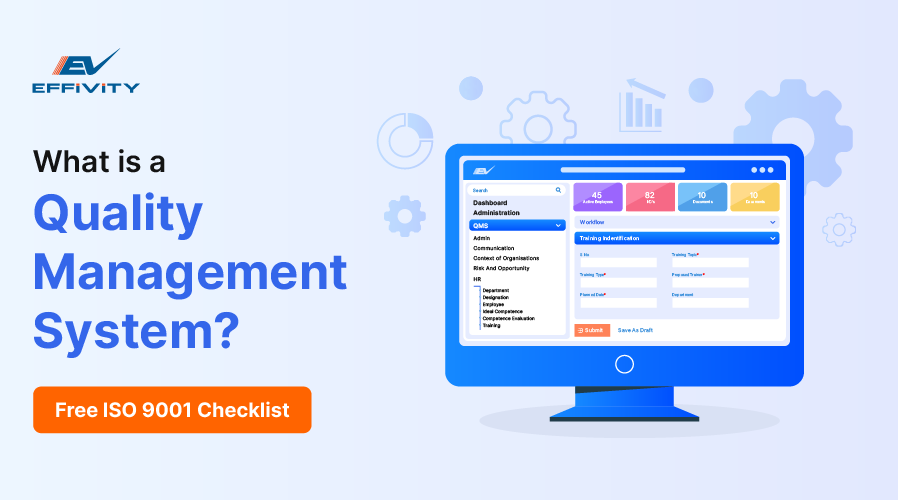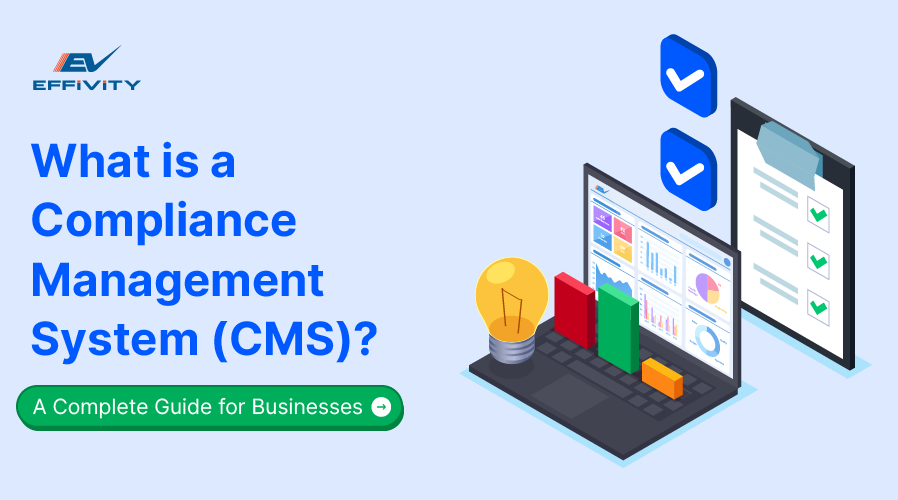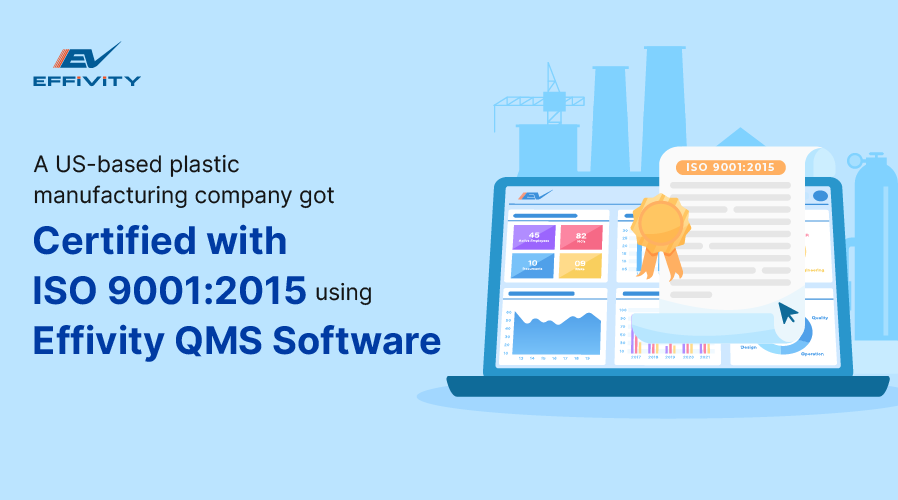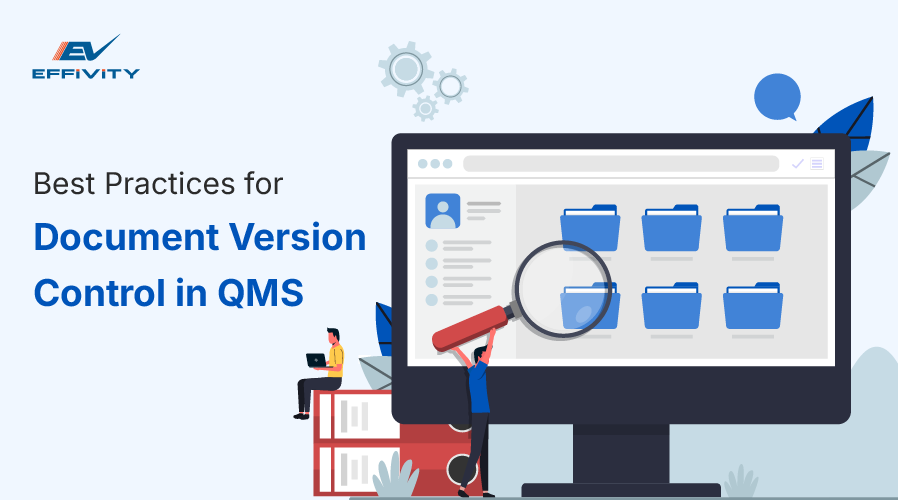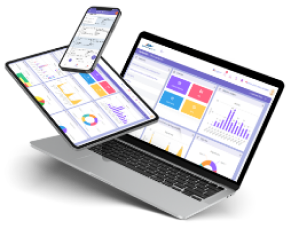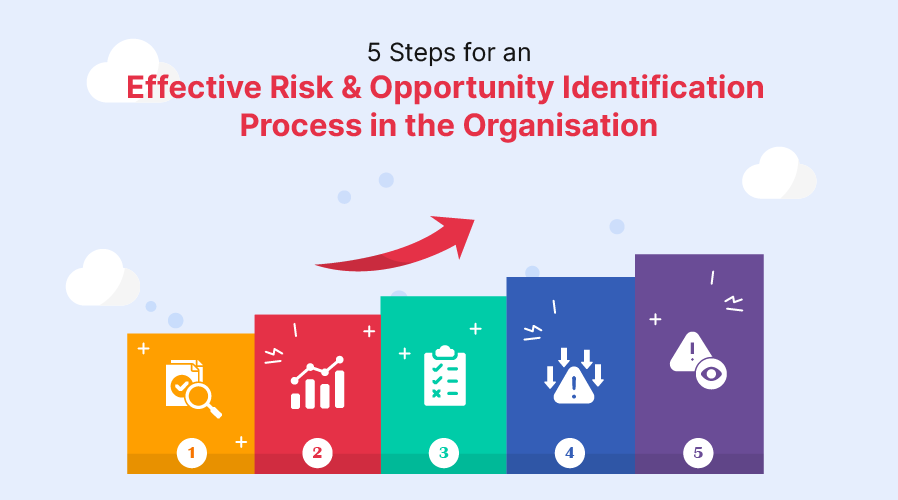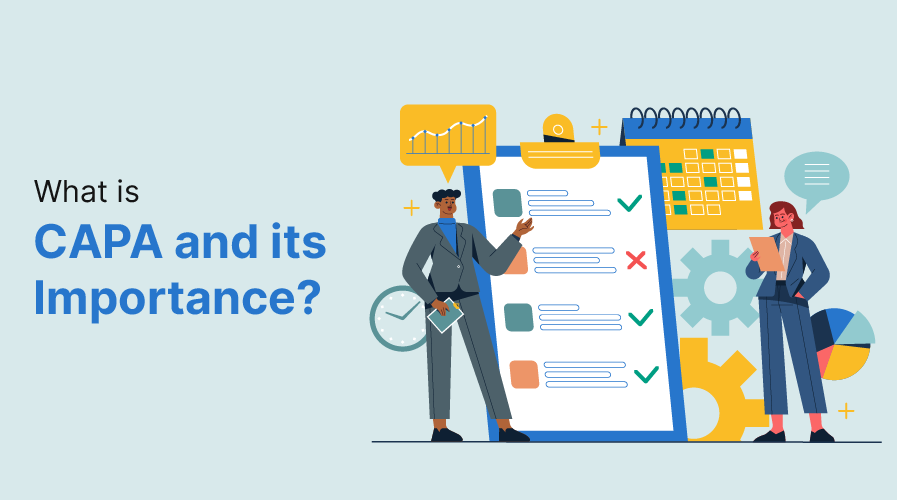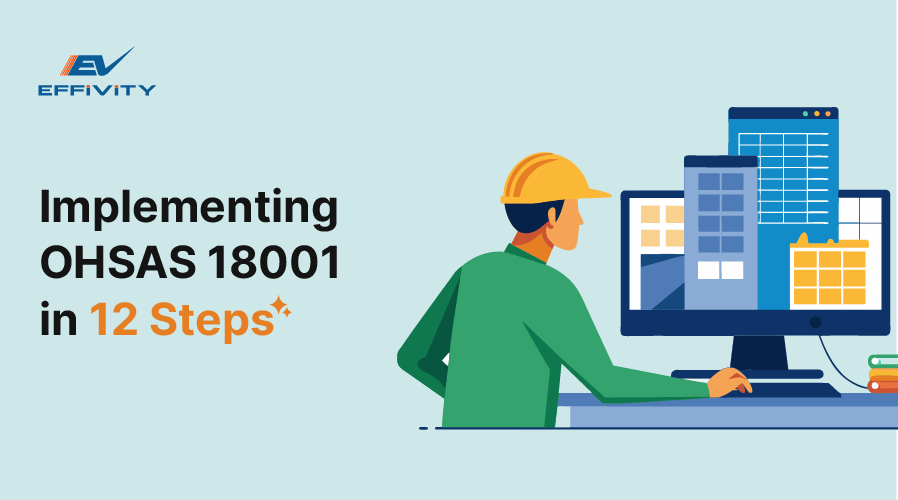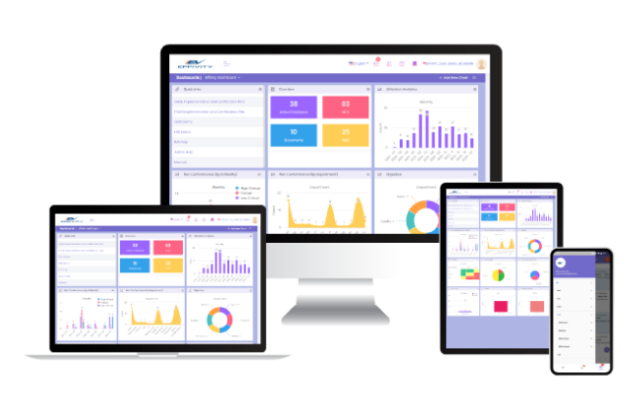Imagine this, you open an SOP folder and find five versions of the same file, all under the same name with no labels to distinguish them. Isn’t it difficult to pick out which one was actually used in the latest audit?
This isn’t just a file naming issue but an indicator of the need for a more structured system for document version control in QMS. In 2023, a survey stated that 95% of the employees find it frustrating to search for documents, indicating document lifecycle management issues that impact overall company operations.
Thus, the first step towards organized operations is having a proper document version control system in place. It maintains a record of archived and updated documents, while detailing what changes were made, by whom, and when. This also streamlines the audit process in the long run.
This article explains how document management supports QMS compliance, where most teams go wrong, and how to build it into your system.
What is Document Version Control for QMS Teams?
Document version control refers to the process of tracking different versions of a document and the changes made to it over a specific period. It’s a defined system that involves simultaneously managing multiple versions of a document, including clear records of every addition, deletion, or any other type of modification made to it.
In a QMS, this framework helps with execution, workflow clarity, audit traceability, and regulatory alignment. Documents such as SOPs (standard operating procedures), manuals, instructions, policies, forms, templates, and records must be current, traceable, and accessible only to authorized personnel.
Without clear documentation, teams resort to the usage of outdated or incomplete files, which can cause the company to lose credibility and lag behind on audit checks. Document version control tracks changes along with who made them, ensuring audit-ready documentation to avoid duplication, rework, and non-compliance across teams.
Tools like Effivity can help you automate the entire process of document management to boost productivity. This is done by a customized document engine that assigns version numbers while keeping a track of changes along with capturing who made each update for complete traceability.
Key Components of Document Version Control in QMS
Document control works best when the entire documentation system is built to support traceability, review, and audit readiness. These are the components that give your document storage methods structure and clarity:

1. Templates and Consistent Naming
Templates reduce approval delays by keeping every document in a similar structure. Files that are named in a standardized manner are easier to sort and find and also help avoid confusion by clearly distinguishing them from duplicates or older versions.
2. Version Numbers and Change Records
Every revision must carry a distinct version ID to set it apart from older versions. Log the changes, along with who made them, when, and why, for clear traceability and record-keeping.
3. Role-Based Access Controls
Access rights should be granted strictly depending on roles and responsibilities. For instance, only authors are given edit access, while reviewers can comment. This avoids unmarked changes and errors.
4. Controlled Review and Approval Flows
There needs to be a set path for every approval, beginning from the owner to the reviewer to the approving body. This should also include clear timestamps for easy identification of the latest records.
5. Central Storage with Fast Retrieval
Store documents in a designated folder or system so that they’re easily accessible to all teams. They should be categorized based on the project, owner, date, type, and revision status.
6. Retention Settings and Archival Rules
Expired documents should be locked or archived to prevent the accidental use of outdated files. This eliminates the need for rework and ensures the company’s audit readiness.
7. Audit Logs for Full Activity Traceability
Every action, update, and access detail must be logged with a timestamp. This helps create clean and verifiable records for audits and investigations.
What are Some Document Management Best Practices?
Document version control QMS works when the entire system is structured, accessible, and role-driven. Below are the practices that help you avoid approval delays and reworks while keeping all files audit-ready.
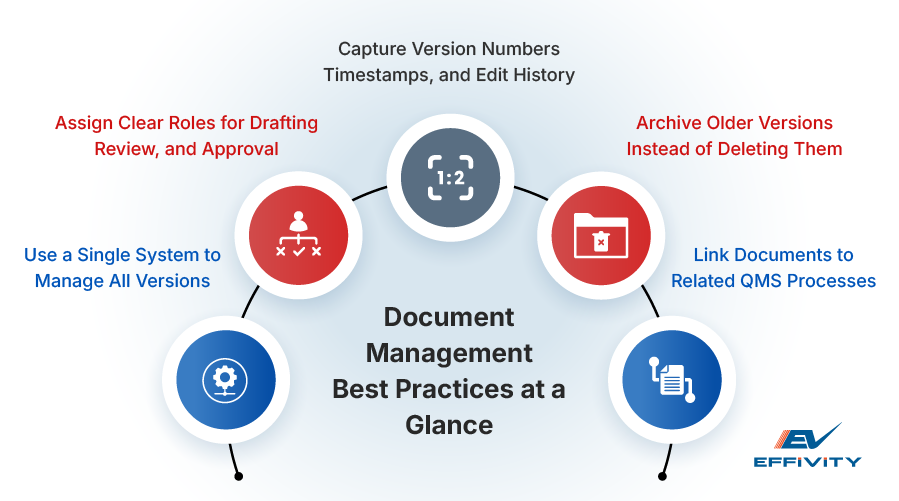
1. Use a single system to manage all versions
Every SOP, policy, form, and checklist must be stored under a centralized system for accessibility. Such a system allows teams to work faster without having to navigate through different platforms.
2. Assign clear roles for drafting, review, and approval
Every document should move through a mapped flow from drafting to editing to approval. Assigning roles for these processes avoids workflow confusion and delays, while keeping all edits traceable.
3. Capture version numbers, timestamps, and edit history
The system must log every change, including who made it and when it was made. This is done to maintain accountability and implement corrective measures in case of an error.
4. Archive older versions instead of deleting them
Outdated versions must be removed from active folders but kept for record-keeping. This prevents accidental reuse of obsolete files and also helps during audits and reviews.
5. Link documents to related QMS processes
Every SOP, checklist, or policy is to be marked and categorized depending upon a specific audit, risk, control, or training process. This builds traceability and clarifies the reason behind the document.
Being a quality management system software, Effivity helps integrate all these suggestions into a document control module that you can easily implement. With it, you can configure access permissions, set metadata fields, automatically manage versions, archive outdated files that are no longer relevant, and much more.
Common Gaps to Avoid in Document Version Control
The most prevalent gaps that slow teams down, cause rework, and risk compliance include:
- Updates shared through email chains that lead to confusion, bypassed approvals, and changes that are hard to track
- Scattered documents across inboxes, drives, and devices, which makes it unclear which version is valid
- Lack of role clarity that can result in confusions over who is responsible for what, causing delays, miscommunication, and disruptions in the workflow.
- Critical updates made without evaluating risks and compliance process that leave room for error
- Manual and error-prone audit preparation without version tracking or access to the source documents
Importance of Document Management for ISO 9001
ISO 9001 is a global standard for quality management that requires documented processes to be controlled, consistent, and traceable across departments. To achieve an ISO 9001 certificate, companies must prove that every file supporting operational processes is reviewed, approved, and up-to-date with the specified regulations. This applies to policies, SOPs (standard operating procedures), work instructions, forms, and logs.
Thus, document version control QMS is the foundation that upholds ISO 9001. Effivity provides this system by enforcing access control, automated version tracking, approval flows, and record retention. With Effivity, you can assign roles, define review cycles, and link files to their use case.
Final Thoughts
A well-structured version control system builds consistency into your operations. It helps teams stay aligned, keeps documents ready for review, and ensures that every file can be traced to a purpose, a person, and a timestamp.
Document version control also plays a key role in ensuring compliance with ISO 9001 standard. It is also how your company sustains accountability across departments.
If you are looking for a software solution that provides efficient version control, consider Effivity. Effivity enhances clarity through real-time version tracking, role-based access, and document visibility in a centralized space.
To learn more, visit Effivity’s website today!

